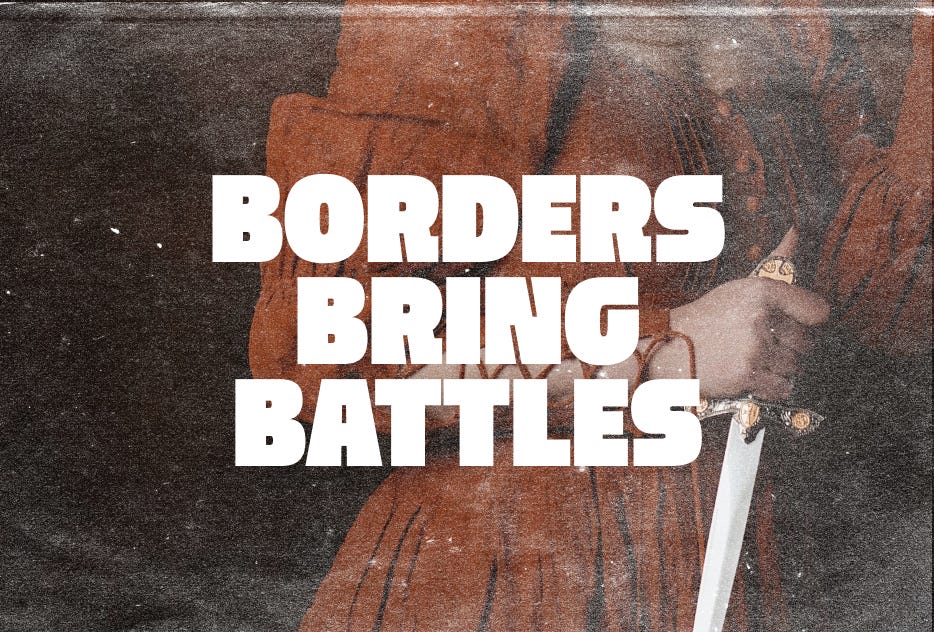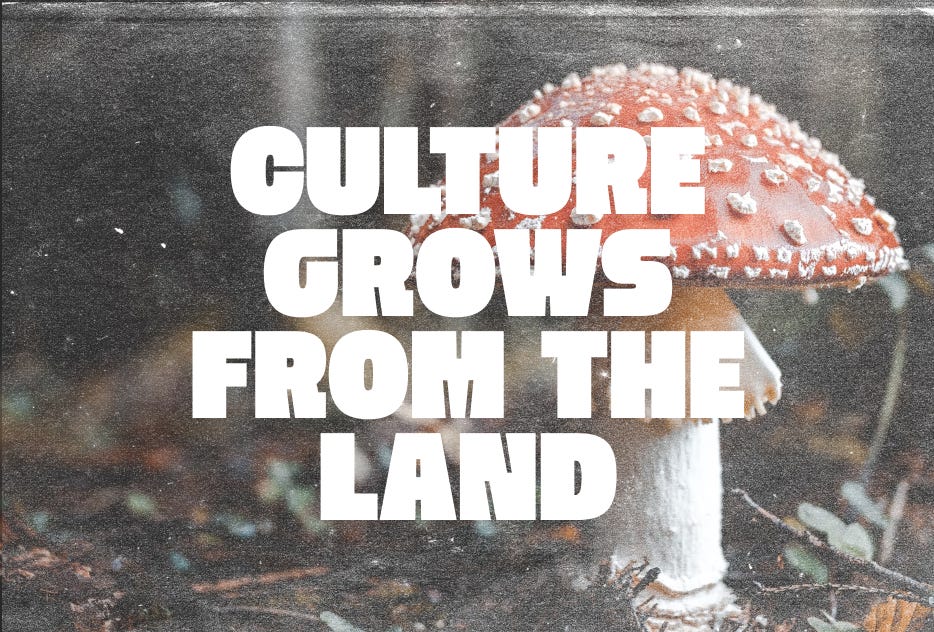Map It Like It's Hot, Part II
A good fantasy map isn’t just a pretty backdrop; it’s the mountainous spine of your worldbuilding.
If you are writing a fantasy novel, you have probably spent hours mulling over the world your characters inhabit. An absurd amount of time, I hope. It’s not uncommon for thousands of years of history to unravel in your mind as you fall asleep or have the inner political workings of two rival dragon-riding kingdoms consume your morning commute. You are a fantasy writer who geeks out about this stuff.
Or maybe that’s not your speed.
More likely, you will encounter a situation where you know the story you want to tell but need the worldbuilding to support it. For example, with an enemies-to-lovers story, you might need the characters to be associated with two warring factions. Why are they are war, though? You don’t want to drop in worldbuilding superficially. It needs to help tell the story.
That’s because a good fantasy map is not just a pretty backdrop; it’s the mountainous spine of your worldbuilding. It dictates everything from trade routes to political conflicts, even how people live and think. Here are a few reasons why:
Land rules the people, not the other way around
Geography-based worldbuilding is not just ‘people live along rivers’ or ‘mountain ranges and deserts are natural barriers for empires.’ It goes deeper. It works hard to shape the people who live in your world.
Take the climate in Game of Thrones, for example.
In Westeros, the North remains independent (in spirit) because of its harsh winters and isolation, while the Riverlands are always caught in the middle of conflicts because they’re geographically central. King’s Landing, a coastal city, thrives on trade and has a warmer climate, making it a cultural and political hub.
Heck, maybe it’s not climate, but there is a valuable resource that’s at play.
In Jade City, the island of Kekon is not a backdrop—it defines everything about its people and politics. Kekon is wealthy in jade—a powerful resource that grants magical abilities—making it both a cultural treasure and a reason for conflict. The island’s isolation means Kekon must deal with foreign powers who want access to its jade. The geography and resources absolutely fuels the plot.
Your world’s geography should be a storytelling tool, not just decoration. If you place a kingdom in an isolated valley, give it a reason to be there. If a major trade route runs through a dangerous swamp, ask yourself why people still use it.
Borders bring battles
Borders are not just lines on a map—they are history. Wars are fought over access to key resources, strategic positions, or just because one ruler dislikes another.
In The Poppy War, the war between the Nikara Empire and the Federation of Mugen is, in part, driven by geography (and real history, which, of course, was driven by geography, too). The Nikara mainland is vast but politically fragmented, while Mugen, a militarized island nation, seeks expansion. The fact that Mugen is an island means its people have developed different strategies, relying on naval dominance, whereas the Nikara Empire has internal instability due to its size. The physical map of the world directly influences why and how these conflicts arise.
Think about how real-world disputes have shaped history. The reason your fantasy nations are at war may not be because of prophecy or destiny—it might just be that one of them really, really wants better farmland.
Culture grows from the land
A desert kingdom should not just look different from a coastal empire but should feel different. The land people live on shapes their customs, beliefs, and even how they tell stories.
The Fremen of Arrakis have adapted to life in the desert by developing water-saving technologies, revering sandworms, and seeing water as sacred. The harsh environment has shaped every aspect of their culture, from warfare to religion.
Culture isn’t random. It grows from the land, the climate, and the challenges people face.
Final Thought
A well-crafted fantasy map is not just a tool for readers—it’s a foundation for your storytelling. It shapes history, conflict, culture, and your character’s journey. Don’t just think about where the mountains and forests go. Think about what they mean to the people who live there.
Your story doesn’t just happen in a world—it happens because of it.




